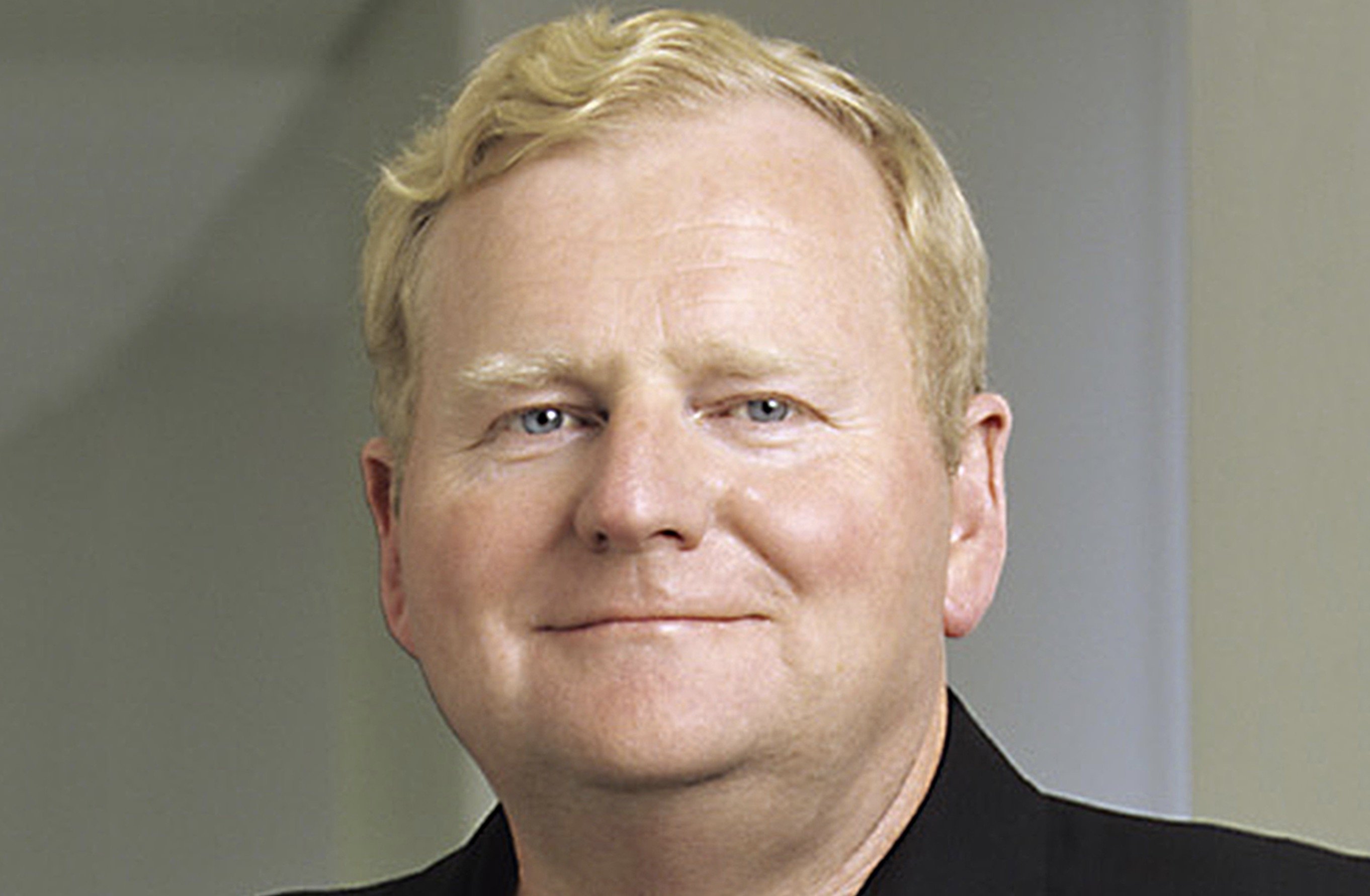
The CRB was created under the Copyright Royalty and Distribution Reform Act of 2004 with three permanent copyright royalty judges. Kennedy did, however, stay connected to how testimonies to the Copyright Royalty Board were progressing. By the fall of 2005, Pandora was already too late to officially participate in the hearings happening to assess rate adjustments for the next period of time. Pandora and other webcasters were paying song rates from the 1998-2005 timeframe. Founder Tim Westergren moved from CEO to Chief Strategy Officer and Joe Kennedy was hired to be the company’s new CEO.

Tom Conrad came into engineering, but quickly rose to Chief Technology Officer. Jessica Steel joined as VP of Business and Corporate Development. In 2004 Larry Marcus and Walden Venture Capital’s lead investment saved the company, starting a new chapter. It powered a few in-store kiosks at Best Buy and Tower Records, but the Music Genome Project itself never found a viable market fit. The company spent years developing its Music Genome Project music recommendation engine to help people find new songs and artists similar to their existing tastes in music.
Who owns pandora radio license#
“At that time the four labels didn't want digital music to really exist, but we found this one piece in internet radio where there was the statutory license that, I felt, gave the potential to create a business of value and avoid this phenomenon one board member referred to as an organ donor business - where you just exist to funnel money to the major record labels.”Īs a quick background, Savage Beast Technologies was founded in 1999 by Tim Westergren and would later become Pandora. “It was already clear to us that most of digital music was a disaster from a business standpoint,” said Former Pandora CEO Joe Kennedy. Radio was the path to profitability in the music industry. Behind the scenes, the magic was in how Pandora was able to provide access to all these songs, without asking the major labels for permission.įor Joe Kennedy, Tim Westergren, Jessica Steel, and Tom Conrad, the four Pandora executives leading the company's rebirth as a digital broadcaster in 2004, this was the only path forward. On the surface, at the listener level, the magic was in how all the songs were linked and connected.

People could type in a song or artist they liked and get a never-ending stream of related music. It was the first real introduction to digital streaming music for a lot of America’s population in the mid-2000s. Pandora’s personalized radio service took the FM listening experience, put it online, and exploded the typically narrow path to music discovery for millions of people. Pandora would win that battle, but in doing so, it also found itself stuck with a business model that could not evolve alongside the streaming space. The solution was the radio model of music licensing, a brilliant strategy at the time, but one which would be the subject of a long fight between Pandora and the recording industry. To take on this legal and lobbying juggernaut, Pandora needed a clever strategy to avoid the kind of head-on fights that had sunk Napster.

It was, however, an innovator in digital music at a time when the major labels were hostile to the entire concept and would fight on every front to preserve the lucrative of the compact disc era. It's not that Pandora was oblivious to its competition, or complacent about its place in the industry.


 0 kommentar(er)
0 kommentar(er)
